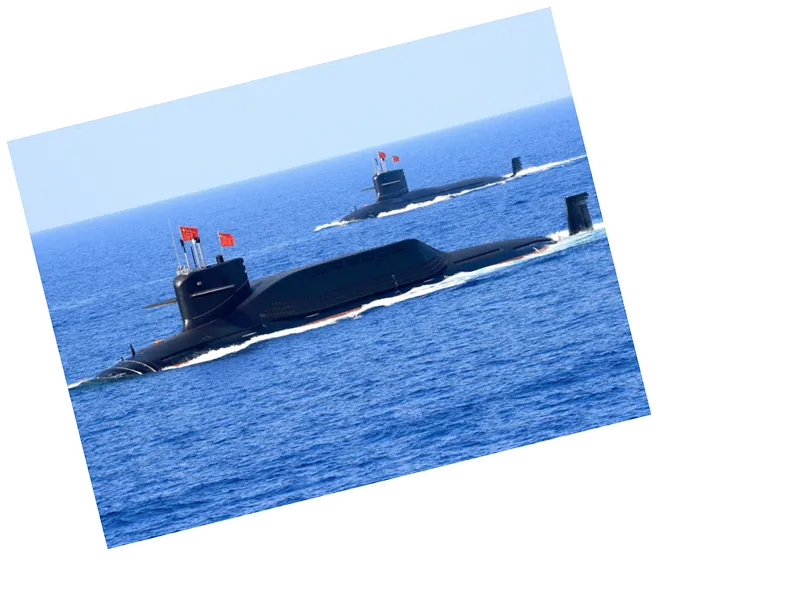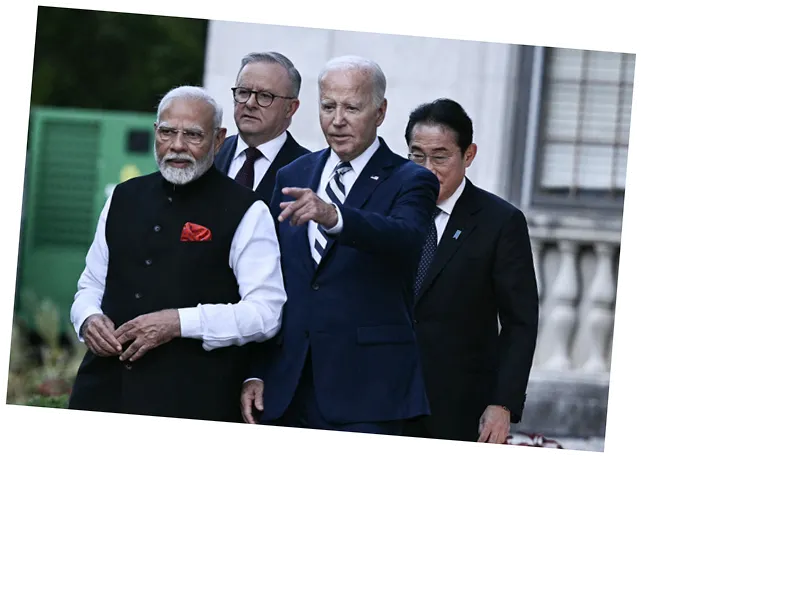China Expands Military Presence in the South China Sea
China has reportedly invested over $50 billion to develop advanced military facilities on Hainan Island, a strategic location in the South China Sea. According to a detailed report by the Washington Post, these developments include the transformation of agricultural lands and commercial ports into military complexes aimed at projecting China's power across the region. The East Yalu Naval Base, located just 500 feet from a popular resort, serves as a hub for nuclear-powered destroyers and submarines, emphasizing the dual-use nature of the island as both a tourist destination and a military stronghold.
The Yulin Naval Base stands out as the centerpiece of China's naval capabilities in the South China Sea, housing the country’s only ballistic submarine base. In addition, the base features significant military infrastructure, including an aircraft carrier dry dock valued at approximately $2.5 billion. Experts suggest that these military installations are part of a broader strategy by Beijing to secure vital sea lanes, exploit regional resources, and enhance its military readiness against potential threats from the United States and its allies, particularly concerning Taiwan.
Regional Implications and International Concerns
Admiral Samuel Paparo, commander of the U.S. Indo-Pacific Command, has acknowledged that China's military expansions pose a serious challenge to U.S. interests and allies in the region, including Japan, Taiwan, and the Philippines. While U.S. military officials do not currently believe that China is poised to launch an immediate attack, the ongoing militarization of the South China Sea raises significant concerns about future conflicts, particularly given the strategic importance of the area, where goods worth an estimated $7.4 trillion are transported annually.
The report highlights that the Yulin Naval Base's strategic military capabilities, including advanced missile systems, are designed to limit U.S. and allied access to what China claims as its sphere of influence. As tensions escalate, the potential for conflict in the region could have far-reaching impacts, affecting up to 30% of the global oil trade.





